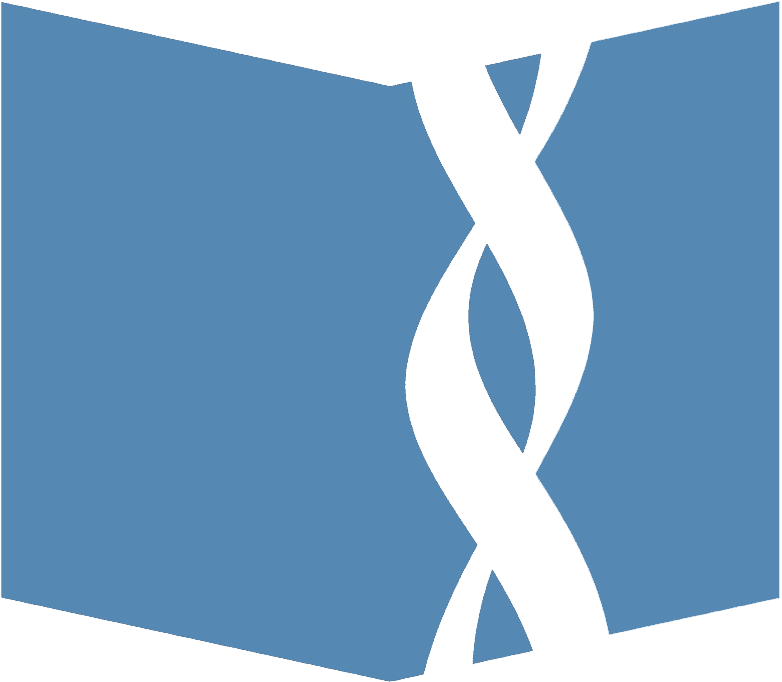Once again, Gerald Weissmann, with a firm and easy knowledge of everyone who matters from Auden to Zola, bridges the space between science and the humanities, and particularly between medicine and the muses, with wit, erudition, and, most important, wisdom.
— Adam Gopnik, author of Paris to the Moon and The Table Comes First
Mortal and Immortal DNA
Science and the Lure of Myth
Admired by Nobel prize–winning scientists and literary tastemakers alike, Gerald Weissmann amazes and beguiles as both a masterful commentator on contemporary culture and a transcendent intellectual historian. By turns satirical and insightful, Mortal and Immortal DNA takes us on a nuanced exploration of the western canon, from Greek mythology through Dante to W.H. Auden and offers hilarious insights into popular culture along the way, from Paris Hilton to the true life story of Kathryn Lee Bates, the lesbian poet who penned “America the Beautiful.”

Paperback
- ISBN
- 9781934137161
Gerald Weissmann (August 7, 1930 – July 10, 2019) was a physician, scientist, editor, and essayist whose collections include The Fevers of Reason: New and Selected Essays; Epigenetics in the Age of Twitter: Pop Culture and Modern Science; Mortal and Immortal DNA: Science and the Lure of Myth; and Galileo’s Gout: Science in an Age of Endarkenment.
visit author page »
